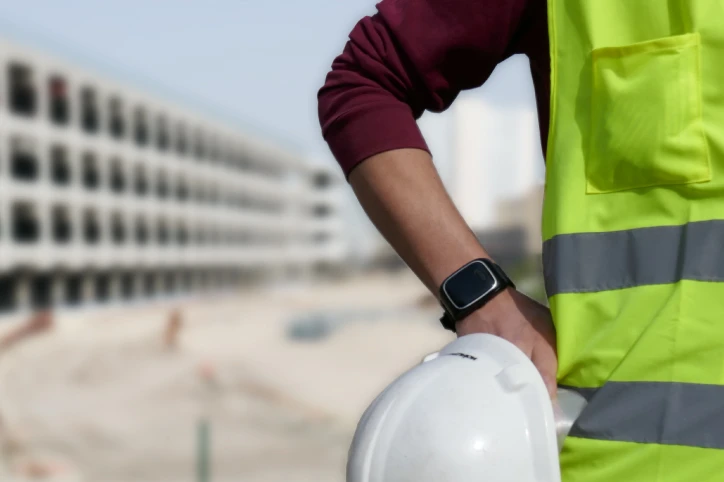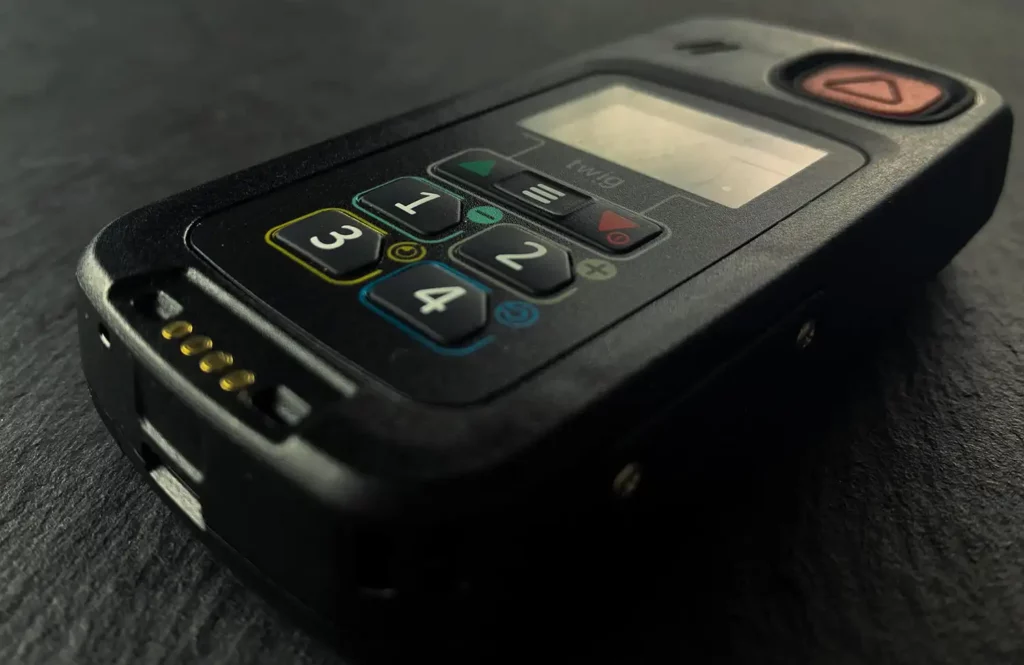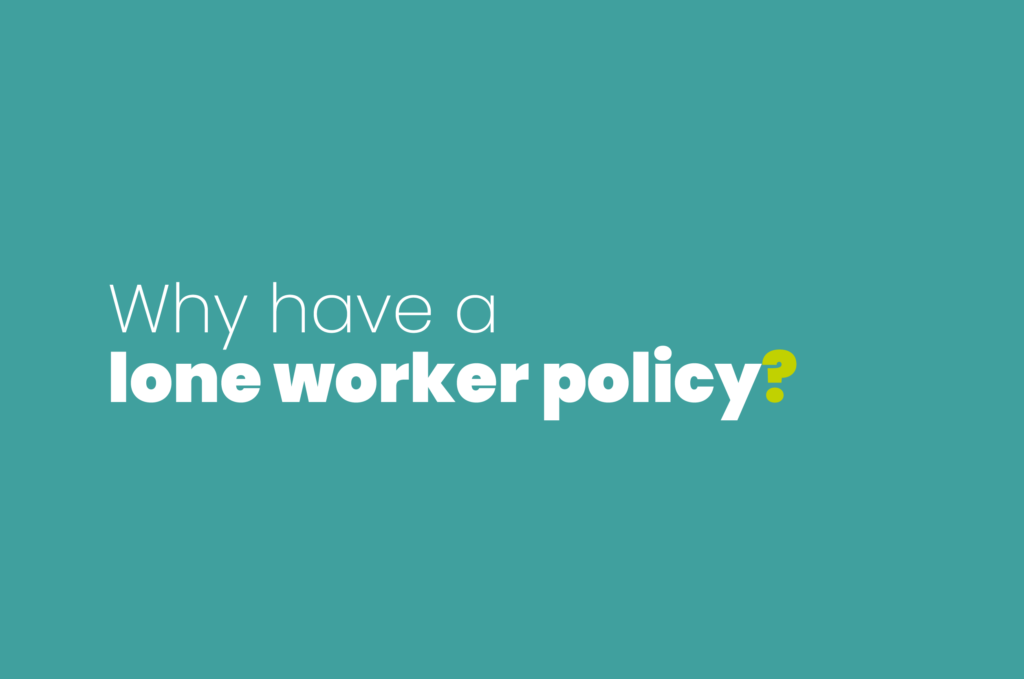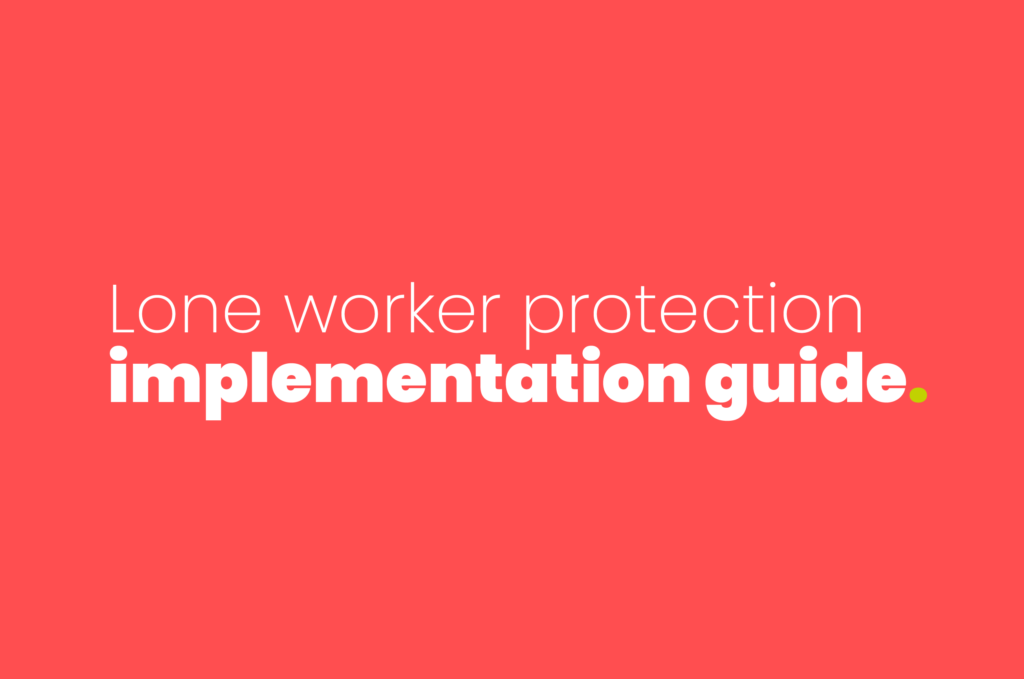Lone working risk assessment.
Lone worker risk assessment.
No matter what kind of environment your lone workers may find themselves in during their day to day work duties there are a number of hazards that they may face. Our aim is to provide our clients with the information and tools they require to keep their staff safe and their business safe from any potential litigation as a result of a workplace accident that could have been avoided.
What is a lone working risk assessment?
A lone working risk assessment is undertaken to identify the risks associated with an employee’s job role when working alone. Once identified, the risks are then assessed to identify the magnitude of the hazard that is posed and the steps required to protect your lone working member of staff from this hazard.
The hazards can include, but are not limited to: the people they may come into contact with (usually in the context of social or health care), the actual work being carried out, whether any driving is involved and the types of environment they work in.
What is involved in a risk assessment?
The Health and Safety Executive (HSE) have a 5-step risk assessment guide to assist business in understanding what is required of them. The five steps are as follows:
- Identify hazards
- Assess the risks
- Control the risks
- Record your findings
- Review the controls
1. Identify hazards
To identify hazards you must take into account various things such as, how equipment is used, the types of chemicals and substances used, whether there are any unsafe work practices and the general state of the work environment. Looking around the work place is a good start in hazard identification but you should also ask your employees and go through accident record books to identify any patterns that may have emerged.
Also consider how particularly vulnerable visitors may be affected such as those with disabilities.
When considering lone workers in the community, it is not possible to risk assess every location they work in. Lone workers should be given the skills to carry out their own risk assessments and react accordingly.
2. Assess the risks
By assessing the risk you are trying to determine how likely it is that an accident may occur and how serious that accident could be. You need to take into account who may be harmed and how and whether there are any controls currently in place to mitigate the risk. You also need to decide whether further mitigating action is required, who needs to carry this out and how soon the action is required.
3. Control the risks
In an ideal scenario, to control the risk, you would remove the hazard all together. In most cases this is not possible and in this situation it is your duty to control the risk as much as possible by controlling this risk to the fullest extent so that an accident is unlikely.
4. Record your findings
Always keep a record of your risk assessment findings. If you employ 5 or more people this must be done. This helps keep track of all identified hazards and the steps you have in place to lower the risk to your employees.
5. Review the controls
It is important to review the controls you already have in place to ensure they are working as intended. If any of your employees raise concerns about any of your controls you should inspect these as a priority. If any changes are made update your records as required.
Are lone working risk assessments required by law?
Yes. A lone working risk assessment is a legal requirement and, if you employ 5 or more people, you are legally required to keep records of your risk assessments.








